MOSCOW, February 15, Vladislav Strekopytov. Scientists at the Livermore National Laboratory in the United States conducted a successful experiment on thermonuclear fusion. Now its results have been verified by an international group of experts. According to experts, humanity has become one step closer to a source of infinite energy.
Two paths of thermonuclear fusion
In the 20s of the last century, physicists proved that the main source stellar energies are reactions of fusion of hydrogen nuclei with the formation of helium and other, heavier elements. Since then, for more than a hundred years, scientists have been trying to reproduce thermonuclear fusion on Earth.
The first device in which it was used in practice was the hydrogen bomb. But it is impossible to constructively use the energy released during the explosion. Therefore, since the 1950s, the USA, Russia and some other countries have been trying to solve the problem of controlled thermonuclear fusion.
Since the nuclei are positively charged, they experience electrostatic repulsion. It takes significant energy to force the nuclei of even the lightest element, hydrogen, to fuse. To do this, the fuel must be heated to a temperature of hundreds of millions of degrees, at which the substance turns into a plasma state.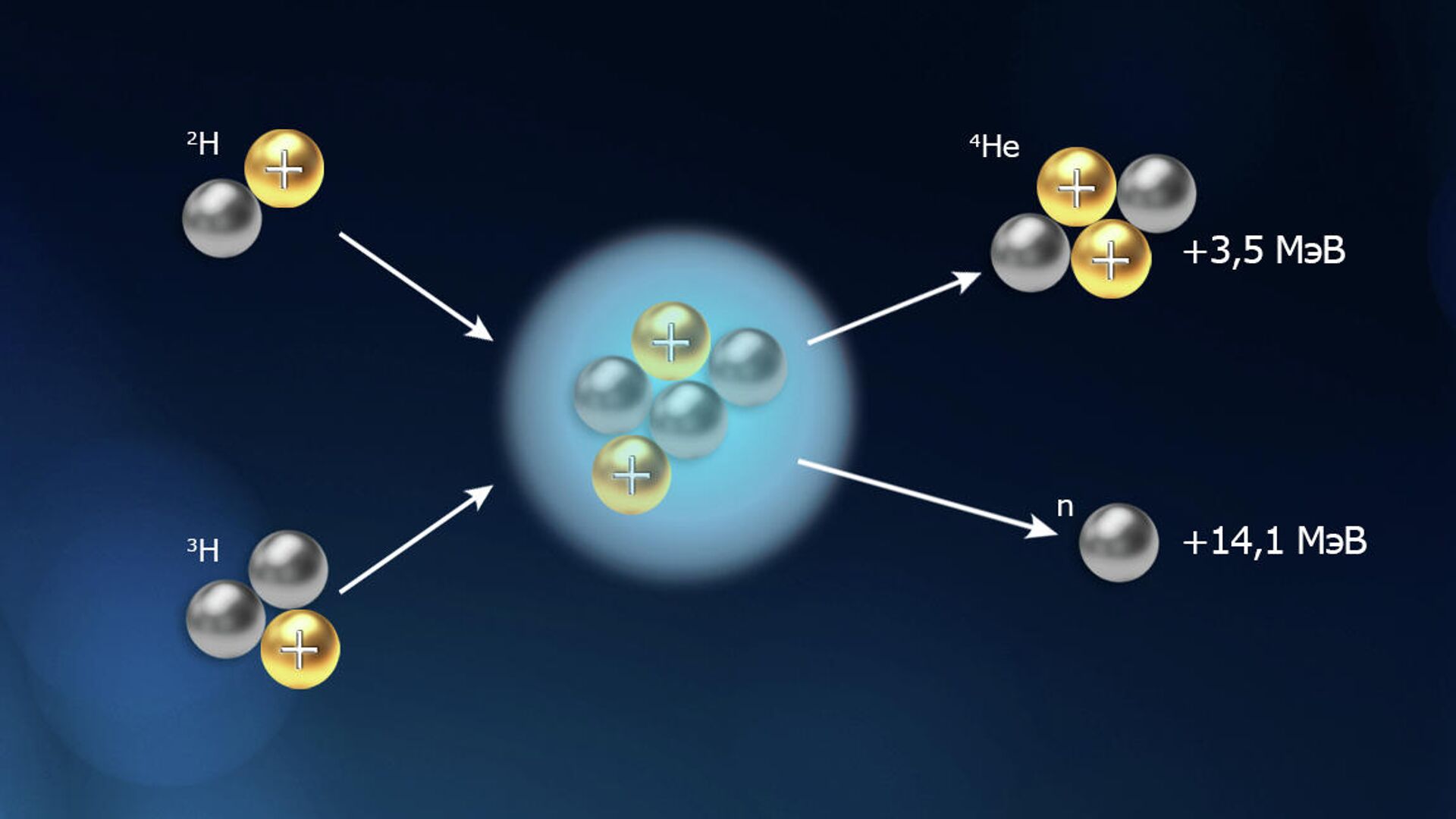
The main problem was not actually producing high-temperature plasma, but keeping it from contacting any surface, because no material can withstand such temperatures. In the mid-1950s, Soviet scientists proposed a technical solution – a ring toroidal chamber with magnetic coils (tokamak), in which plasma is contained using a magnetic field.
In parallel with tokamaks, the direction of inertial controlled fusion was developing. His idea is to heat fusion fuel very quickly, for example, using powerful lasers. Thanks to inertia, the plasma formed as a result of heating does not have time to scatter (this state is called inertial confinement), and for a short time the temperature and pressure necessary to overcome the repulsion of protons are created in the reactor capsule. A similar principle is used in the thermonuclear bomb. But there, instead of a laser, the heating and compression of the target is carried out by an initiating nuclear explosion.
Today, magnetic and inertial thermonuclear fusion are the two main approaches in research. From the point of view of energy production, tokamaks are considered the most promising, in which it is theoretically possible to achieve a long-term controlled effect. The reactor operating on the inertial principle is pulsed. The military is primarily interested in such devices, since they can be used to study the capabilities of thermonuclear weapons without conducting real tests.
NIF experiment
The National Ignition Facility (NIF) at Lawrence Livermore National Laboratory in the United States is the world's largest inertial-type facility. Small targets with thermonuclear fuel (hydrogen isotopes – deuterium and tritium) are irradiated here with beams of ultra-powerful laser beams.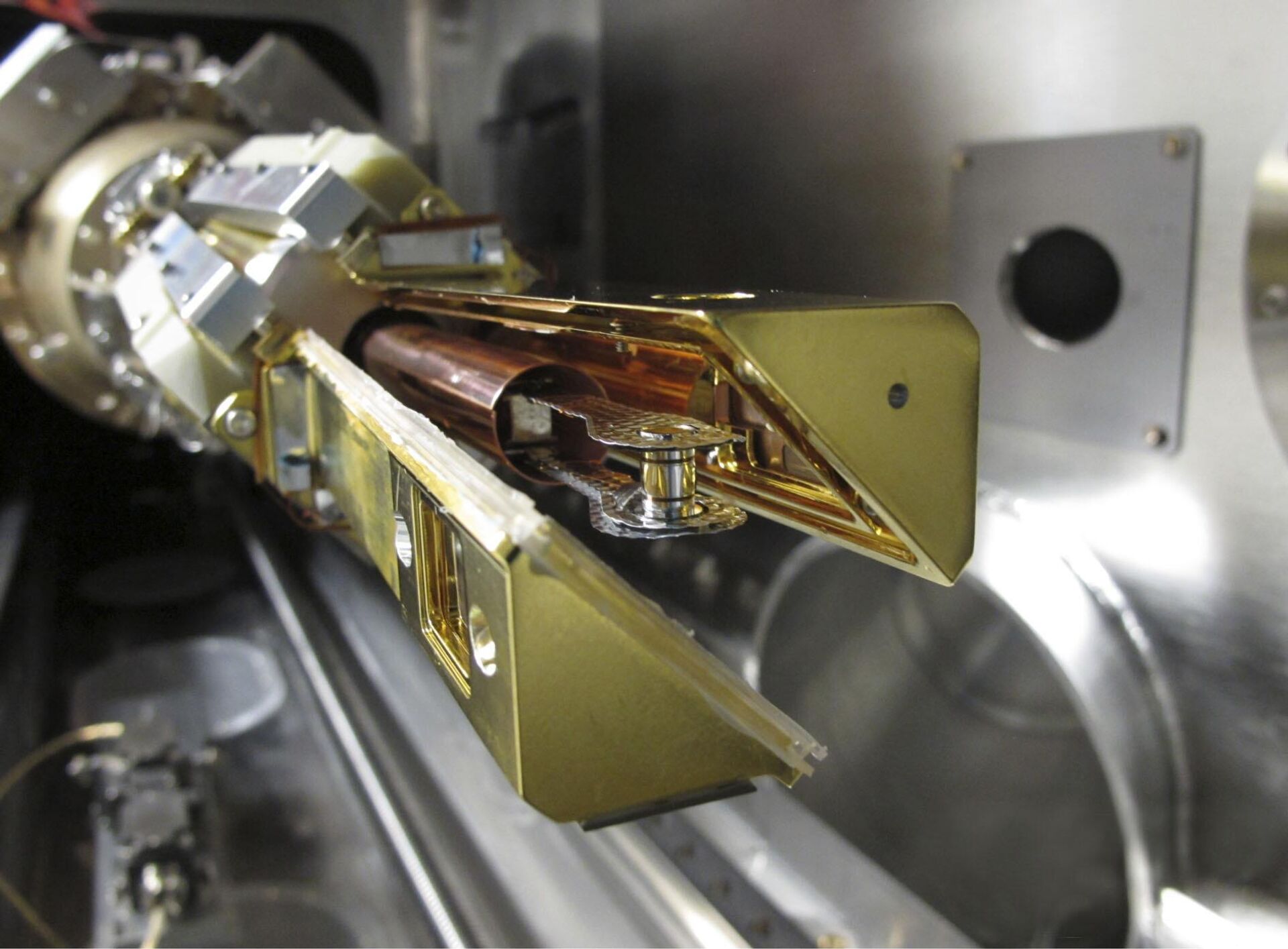
The main goal of the NIF, like any other controlled fusion device, was to achieve energy break-even – a state in which the fusion energy gain exceeds unity.
“Energy break-even is calculated as the ratio of the energy obtained as a result of thermonuclear combustion to the supplied laser energy,” explains Andrey Kuznetsov, director of the Institute of Laser and Plasma Technologies of the National Research Nuclear University MEPhI. “This does not take into account the energy that is taken “from the outlet,” but in tokamaks so far could not achieve this indicator either.”
Calculations show that with increasing plasma temperature, the reaction rate and self-heating of the system quickly increase and less and less energy is required from external sources to maintain fusion. Eventually the system switches to internal power supply. This moment is called ignition.
The NIF complex was launched in 2009, but the synthesis reaction could not be obtained for many years. Only in 2018, after a series of technical improvements, it happened, but only 3.6 percent of the input laser energy was released. By August 2021, the figure was raised to 70 percent. And in December 2022, when using lasers with an energy of 2.05 megajoules, they received one and a half times more energy – 3.15 megajoules.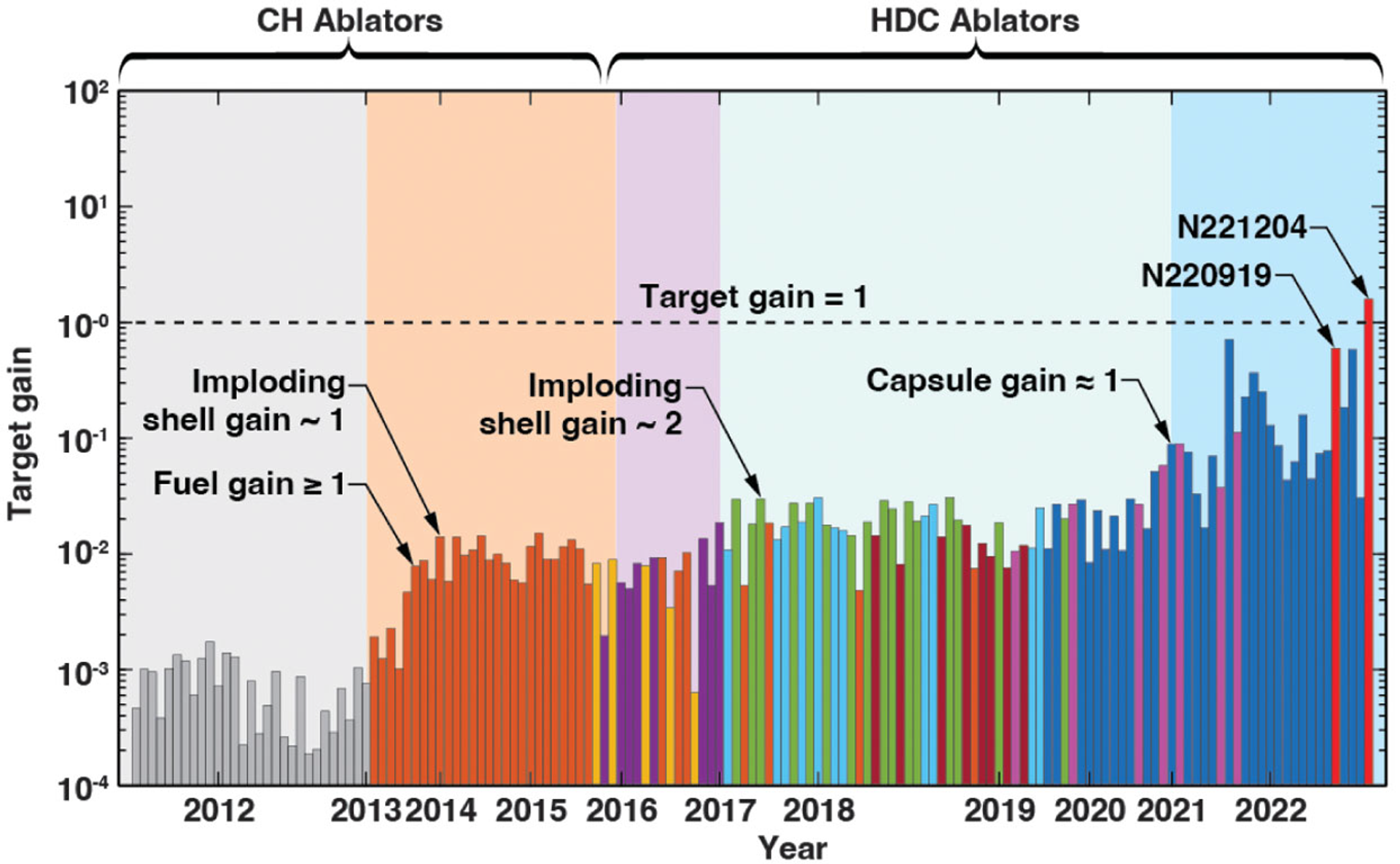
The success was reported at a briefing by the US Department of Energy (DOE) and the National Nuclear Security Administration (NNSA), and an article was recently published describing the details of the experiment. 1,370 researchers from 44 institutes contributed to the work.
During the experiment, 192 powerful lasers were aimed at a bead-sized capsule containing 220 micrograms of fuel. At a short moment of impulse, at the place of their focusing, the temperature was 151 million degrees Celsius, and the pressure was 600 billion atmospheres, that is, it was hotter and denser than in the depths of the Sun. Under these conditions, hydrogen nuclei fused to form helium, and an energy release lasting several billionths of a second occurred.
Fiftieth anniversary event
During 2023, success was confirmed three times. Moreover, once we got an even better output – 3.88 megajoules with the same input energy of 2.05 megajoules. That is, the amplification factor of thermonuclear energy was almost 1.9.
“This is the event of the fiftieth anniversary in thermonuclear physics,” comments Andrei Kuznetsov. “The main thing is that the Americans have shown that this in itself is possible. Now everyone else will strive to repeat the result. Similar experiments are being carried out in Russia, France and China, but so far no one except the Americans , didn’t reach that level of energy.”
“A large and very qualified team of the Livermore National Laboratory has been working towards this for more than ten years,” notes Vladimir Postupaev, a senior researcher at the Institute of Nuclear Physics named after G.I. Budker SB RAS, Candidate of Sciences in Physics and Mathematics. “They invested a lot of money in the experimental base, built a gigantic The NIF laser complex, which has a record amount of energy per pulse, is today the most powerful in the world. Serious efforts have been made to theoretically understand the processes taking place: they have created complex supercomputer numerical codes that simulate the behavior of matter under such extreme conditions, developed numerous systems for measuring plasma parameters and related technologies.”
< br />
The success of NIF, according to experts, marks the beginning of a new era in nuclear fusion research. However, commercial application is still a long way off. So far we are talking only about the excess of the released heat over the energy directly transferred to the target. The total amount of energy spent on powering the 192 lasers of the installation is more than 400 megajoules. That is, the efficiency of NIF as a power plant is less than one percent.
Our response to Livermore
A Russian installation for experiments on controlled thermonuclear fusion with inertial plasma confinement is being built at the Sarov Nuclear Center UFL-2M. It is planned that it will be much more powerful than its overseas counterpart: the energy supplied to the target will reach 4.6 megajoules.
In June 2023, the first stage of the complex was opened. Prime Minister Mikhail Mishustin congratulated scientists on the launch of the world's most powerful laser installation, who visited the Russian Federal Nuclear Center – the All-Russian Research Institute of Experimental Physics (RFNC – VNIIEF).
The installation will be fully operational by 2030.





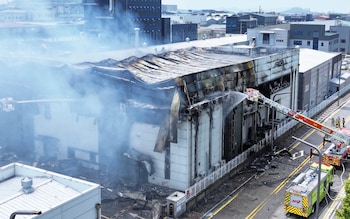




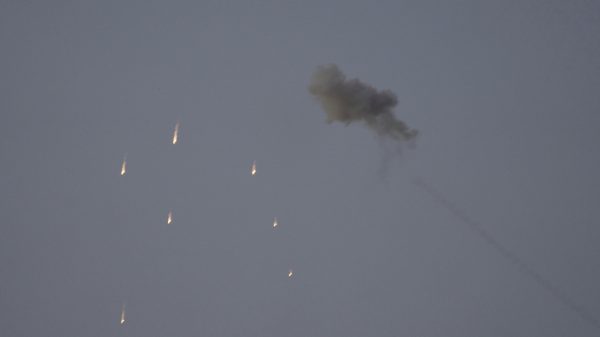



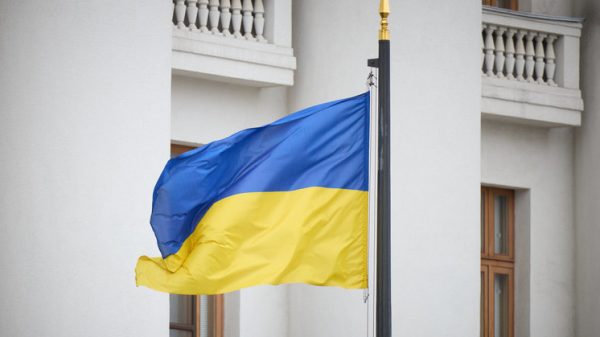






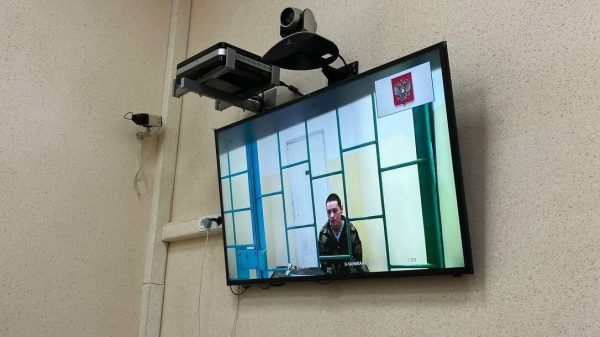

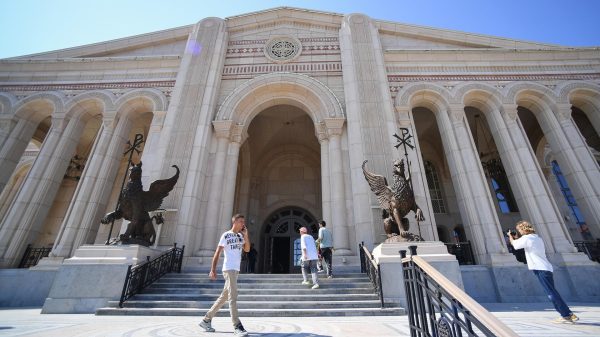

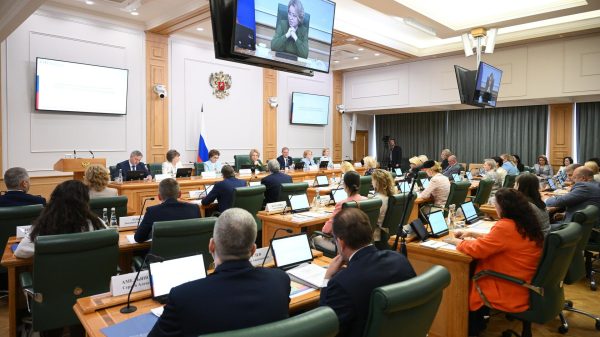

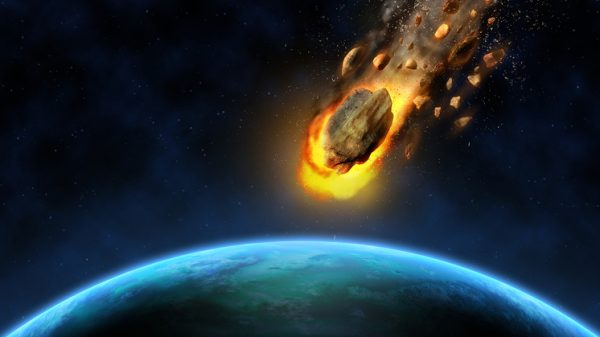


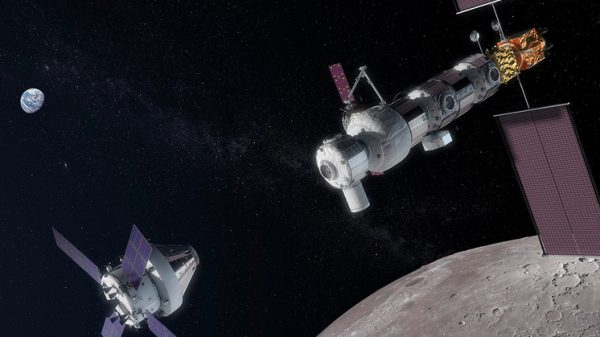










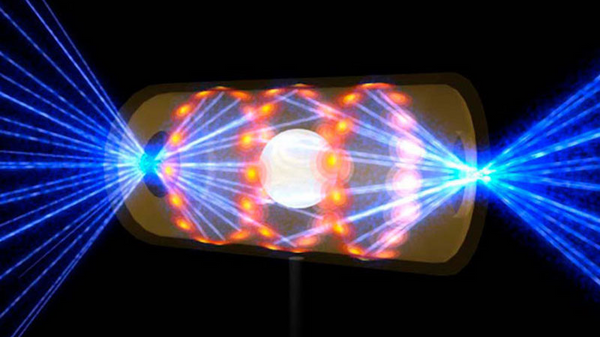


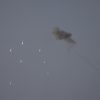
















Recent Comments